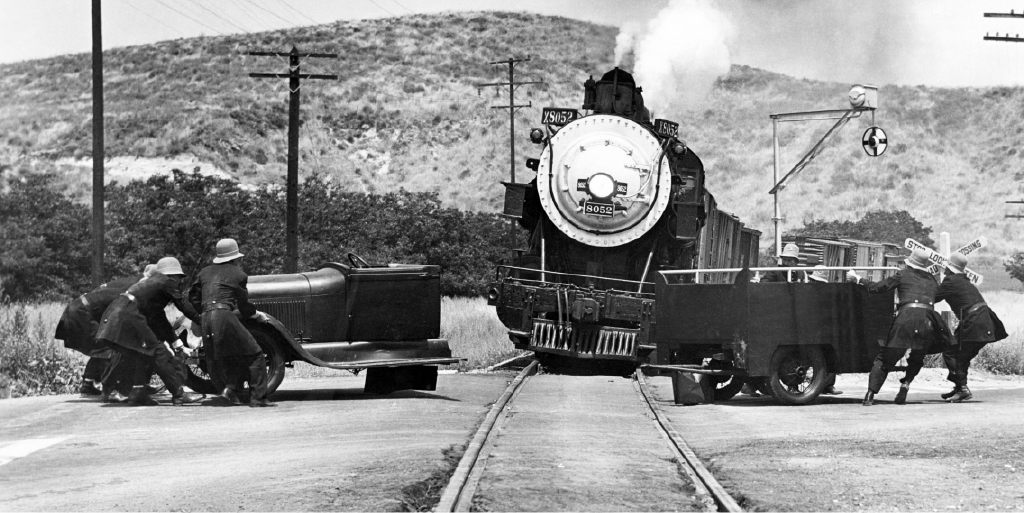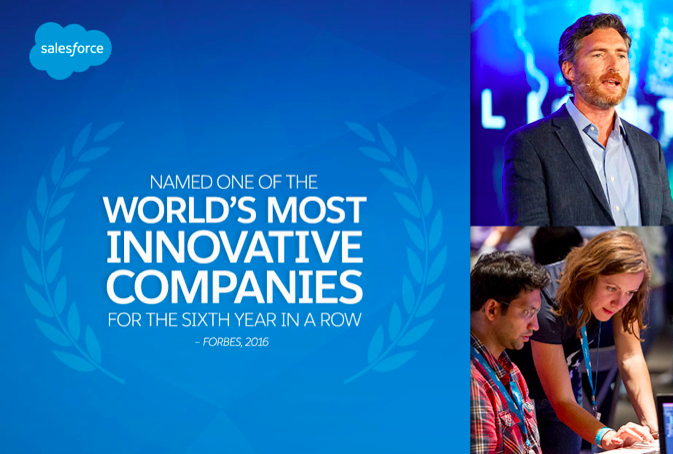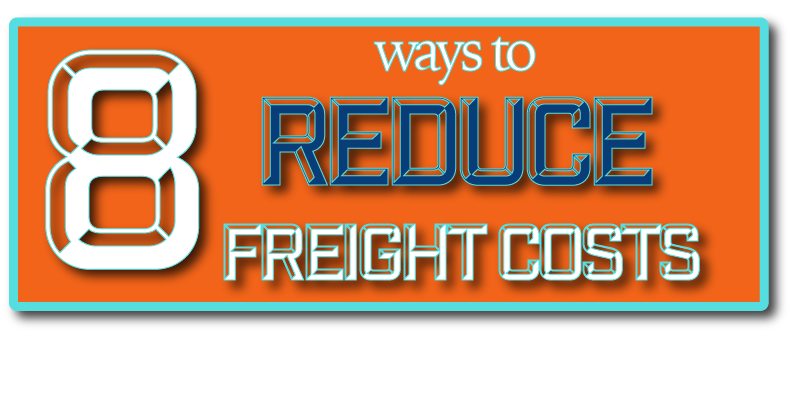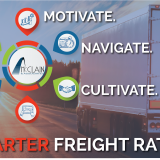By implementing a TMS, all of your transportation data and information is in one place allowing all members of your organization quicker access to quoting, scheduling, and tracking tools. For example, when a customer calls a CSR, Sales Rep, really anyone in your company, wondering where a shipment is, a quick TMS search will give you real-time tracking info instantly. Additionally, modern transportation management systems can send automated notifications when an order ships, providing a link for customers to access real-time tracking without even having to contact you.
A TMS reduces the time spent managing freight, and increases the time spent on more important tasks/projects. Furthermore, with visibility of inbound shipments, you can schedule receiving staff accordingly and reduce wait time.
If your TMS is integrated with your ERP system, you spend less time manually inputting data (and less time correcting errors). Plus, with integrations, PO and transportation data are contained in a central repository, which allows for more informed decision making and decreases risk.
If current situations have triggered an assessment of your transportation needs, you’re operating with a reactive design. If you are looking into the future and considering events that aren’t in the process of happening right now, you are (luckily) operating proactively.
When historical incidences of problems and the factors leading up to and causing them are analyzed, processes and procedures can be put in place to prevent them from happening in the future. By implementing an exception-oriented process to trigger alerts to stakeholders in the cases of potential problems, the effort and financial costs of uncertainty are drastically minimized.
When shipment and order information is stored in a centralized location, the metrics rendered are invaluable. Not only is time saved, but errors caused by manual entry are avoided allowing clients to accurately manage and analyze transportation costs and execution performance data.
When assessing the transportation systems of a potential client, we always as them to provide 30-90 days worth of shipment data. For some customers this is almost impossible and a daunting task. These are the customers who need a TMS the most. Without the ability to analyze historical shipment data, they are unable to (at minimum):
- Leverage carrier/vendor compliance data to negotiate better rates
- Uncover opportunities for route optimization
- See if transportation costs are rising and determine the underlying issues
- Have an accurate P&L
Long story short, companies of all sizes benefit from transportation management systems. Good 3PLs will provide you with some options, force you to modify processes, and maybe save you some cash. GREAT 3PLs will become your partner. GREAT 3PLs will work with you to analyze your processes for potential improvements, mold their processes to match yours, and customize their technology to match your unique needs.
If you want more information on a GREAT 3PL, give us a call or shoot an email to maeze@mcclainltd.com.
















